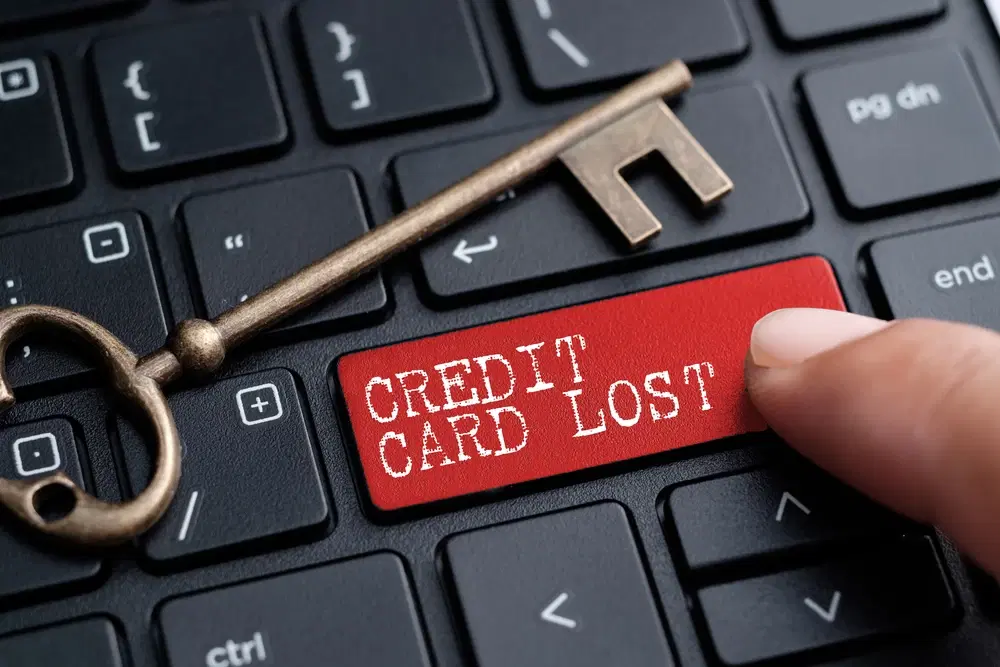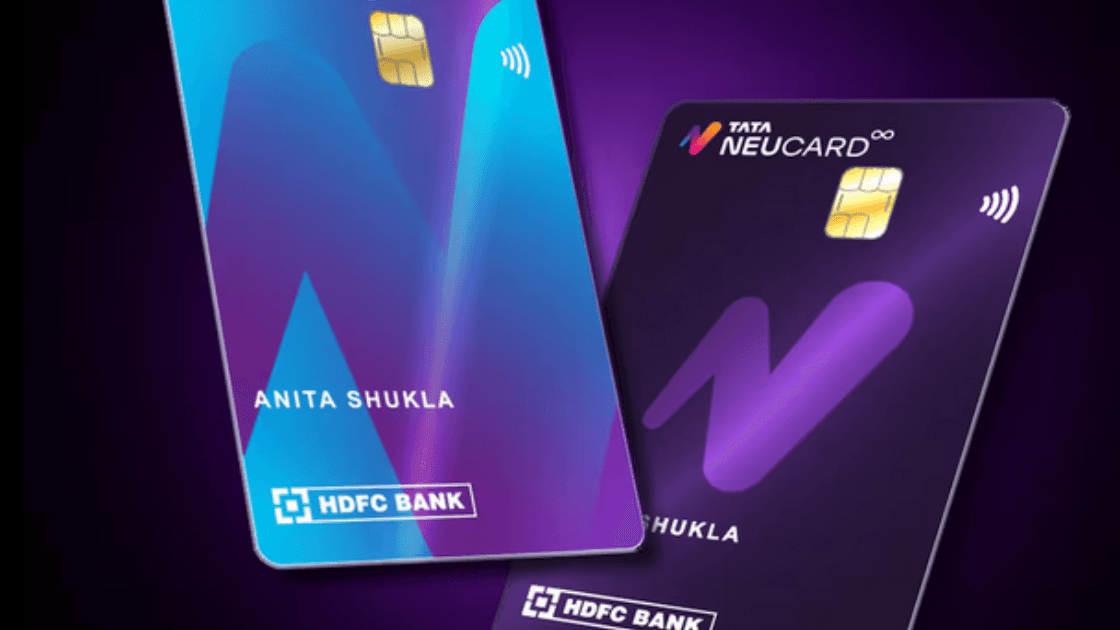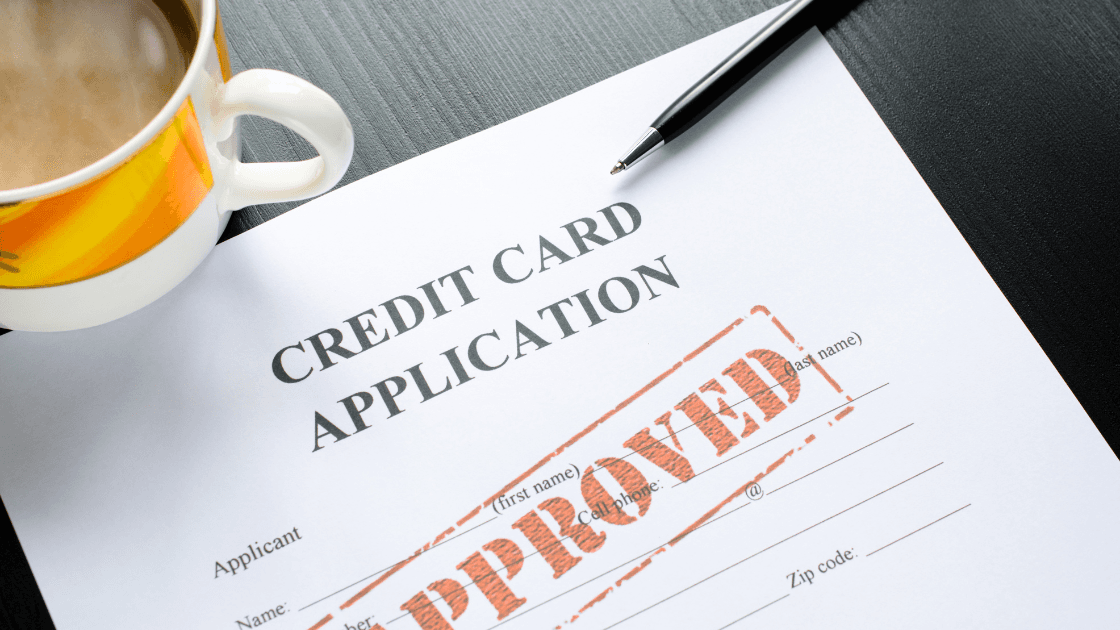
Cards
•05 min read
-ed507771-df04-4fb3-9af5-bae11cb611a6.png&w=3840&q=75)
Imagine you are at a checkout counter and suddenly realize your credit card is missing. In that moment, a wave of concern may set in. It is important to act quickly to secure your finances and prevent any unauthorized use. This blog explains the steps to take when a credit card is missing. You will learn how to report a lost credit card, block it, monitor for fraud, and request a replacement. The information shared here will help you regain control and protect your savings.
When you discover a credit card missing, take a deep breath and remain calm. Staying calm enables you to think clearly and act efficiently. Begin by retracing your recent activities. Ask yourself if you might have left your card in a shop, at a restaurant, or in a taxi. Sometimes, the card might be found in an unexpected place. A clear mind helps you recall where you last used or saw it.
The next step is to report the missing credit card. Use your bank’s mobile app or customer service helpline to report a missing credit card. Most banks have a process to quickly cancel or block a lost card. Acting promptly is crucial to prevent unauthorized transactions from occurring. In case you suspect credit card theft, reporting it immediately allows the bank to secure your account and start the process of credit card replacement.
If you are unsure about the whereabouts of your card, blocking the credit card is vital. Many banks offer a feature to block your credit card temporarily until you are certain of its status. Blocking a credit card stops any further transactions from taking place. Alternatively, some banks allow you to freeze a card, which restricts use but does not completely cancel the card immediately. This option is useful if you believe the card may turn up soon.
Pro Tip: Act Fast to Minimize Risk
Did you know that most banks offer 24/7 helplines or mobile app features to block a lost credit card instantly? Acting within minutes can prevent unauthorized transactions and save you from potential financial loss.
After reporting your card missing, it is essential to monitor your account closely. Keeping a check on transactions via online banking or your mobile app can help you detect any suspicious activity. Credit card fraud prevention begins with staying alert. Look for any unfamiliar transactions and report them to your bank immediately. This proactive approach helps reduce potential losses and makes it easier for your bank to reverse any unauthorized charges.
If you suspect the card was stolen, filing a police report is an important step. A police report helps document the incident and can be useful for any future investigation. When filing a report, mention the time, location, and circumstances in which you last saw your card. Provide details like the card number (if you have secured records) and any suspicious activities you noticed before the card went missing. This formal documentation may protect you in case any misuse occurs.

Another layer of protection is notifying credit bureaus. Contacting major credit bureaus helps safeguard your identity. Informing agencies like CIBIL and Experian can prevent potential misuse of your credit information. Being proactive now avoids future complications related to identity theft. It is wise to incorporate this step into your routine if you face any issues related to lost or stolen cards.
Once you have reported and blocked your missing credit card, your next focus should be obtaining a replacement. Requesting a credit card replacement is usually a straightforward process. You can do this through your bank's mobile app, website, or over the phone. When requesting your new card, ask about the timeline for delivery. Major banks often aim to send a new card within a few days. While waiting, use digital banking features to manage your transactions.
When you receive your replacement credit card, follow the activation process carefully. Your bank may require a one-time password or a verification code. Once your new card is active, it is important to destroy the old card if it is recovered later. Shredding the old card ensures it cannot be misused by anyone. Activation should be done only using secure internet connections or by contacting your bank through their verified channels.
Preventive measures can help avoid the hassle of dealing with a missing credit card in the future. Credit card security tips include enabling transaction alerts on your mobile app. Alerts help you stay informed about every time your card is used. Strong passwords for online banking are a must, and it is advisable to change them periodically. Additionally, avoid using public Wi-Fi for financial transactions as it may expose your sensitive details to risks. These simple steps add extra layers of security and can significantly reduce the risk of unauthorized transactions.
Keeping your card details secure is vital to avoid future problems. Never share your full card number or CVV with anyone. Do not save the card details in unsecured places like emails or note-taking applications. If you frequently shop online, use trusted websites and payment gateways. Protecting your card details is a critical step towards preventing cases of credit card theft and fraud. Always be cautious when storing sensitive information.
One innovative option to enhance security is the use of virtual credit cards. Virtual credit cards are temporary numbers generated for a specific transaction. They allow you to shop online without exposing your actual credit card details. This safety feature minimizes the risk of fraud and is a convenient tool for online purchases. When using virtual credit cards, you can continue to enjoy the benefits of your physical card while adding another layer of security for digital transactions.

In addition to the above measures, it is advisable to regularly review your monthly statements. If possible, set up biometric authentication on your banking app. This measure ensures that only you can access your financial information. By combining these practices, you build a strong defense against potential credit card fraud and theft. Regular vigilance over your financial activities will keep you well-prepared in case of emergencies.
Contact your bank immediately to check for any recent transactions and block the card.
Filing an FIR is necessary if you suspect theft or if any unauthorized transactions are noticed.
You can report it via your bank’s customer service helpline, mobile app, or website.
Immediately block the card, monitor your account for suspicious activity, and request a replacement card from your bank.
Report any unauthorized transactions to your bank without delay. They will begin an investigation and may reverse any fraudulent charges, subject to their investigation outcomes.
When your credit card goes missing, time is of the essence. Following the steps outlined above can help you secure your finances and reduce the risk of fraud. By staying calm, reporting the loss, and blocking your card promptly, you take immediate action to protect yourself. Monitoring your account and filing a necessary police report further ensures that you stay ahead of any suspicious activity.
After taking immediate steps, request a replacement and activate it safely. Do not forget to shred your old card if it is recovered later. For future security, follow credit card security tips, including enabling transaction alerts and protecting your card details. Embracing advanced options like virtual credit cards can add extra protection for your online transactions. These careful measures equip you to manage any financial setbacks efficiently and with confidence.